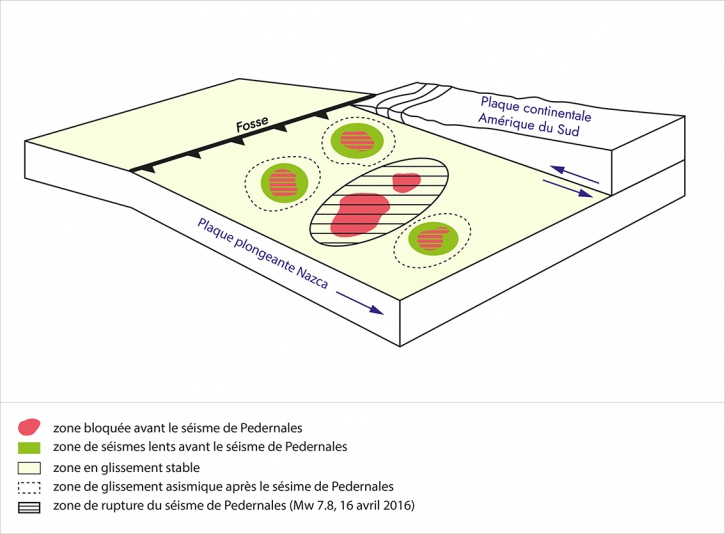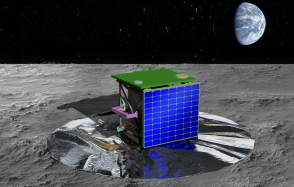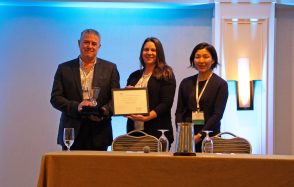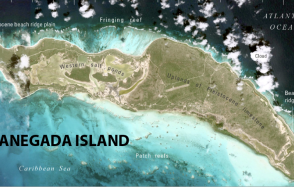Seismic ruptures and slow earthquakes in subduction zones
In a study recently published in the journal Science Advances, a team of French and Ecuadorian researchers have highlighted the relationships between different slip modes on the subduction fault along the coast of Ecuador. This study suggests that taking into account the low seismogenic potential of apparently coupled zones in the interseismic phase should enable a finer characterization of the rupture zones of future great earthquakes.
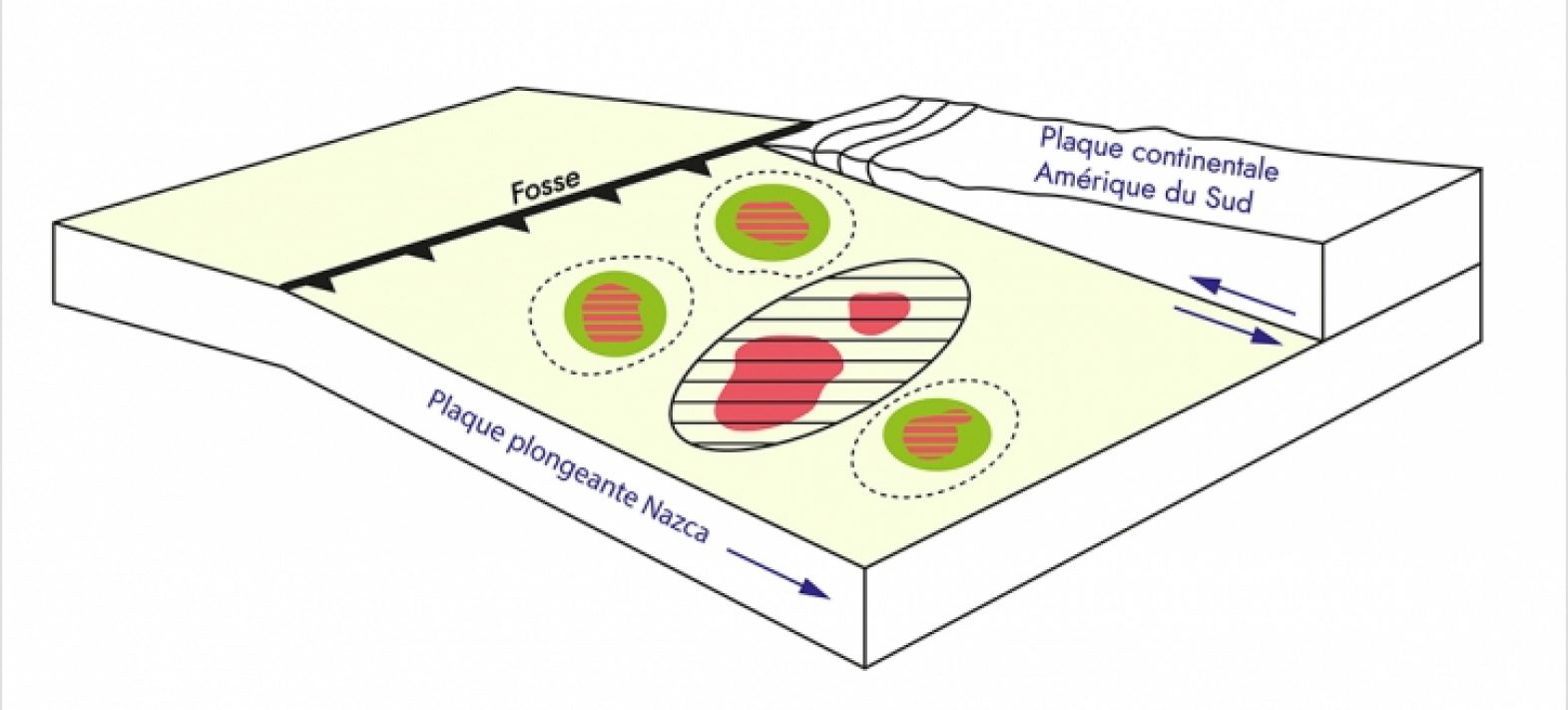
Publication date: 21/02/2018
General public, Press, Research
Related teams :
Tectonics and Mechanics of the Lithosphere
Related themes : Natural Hazards





